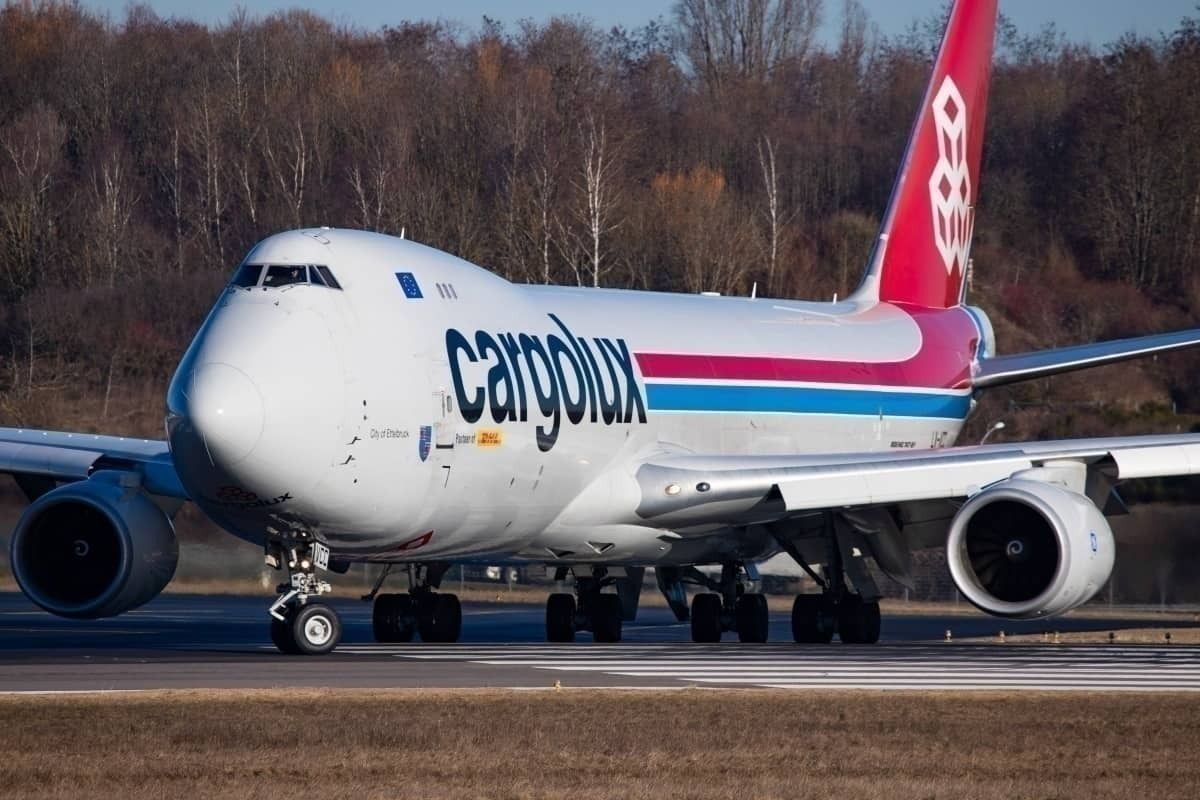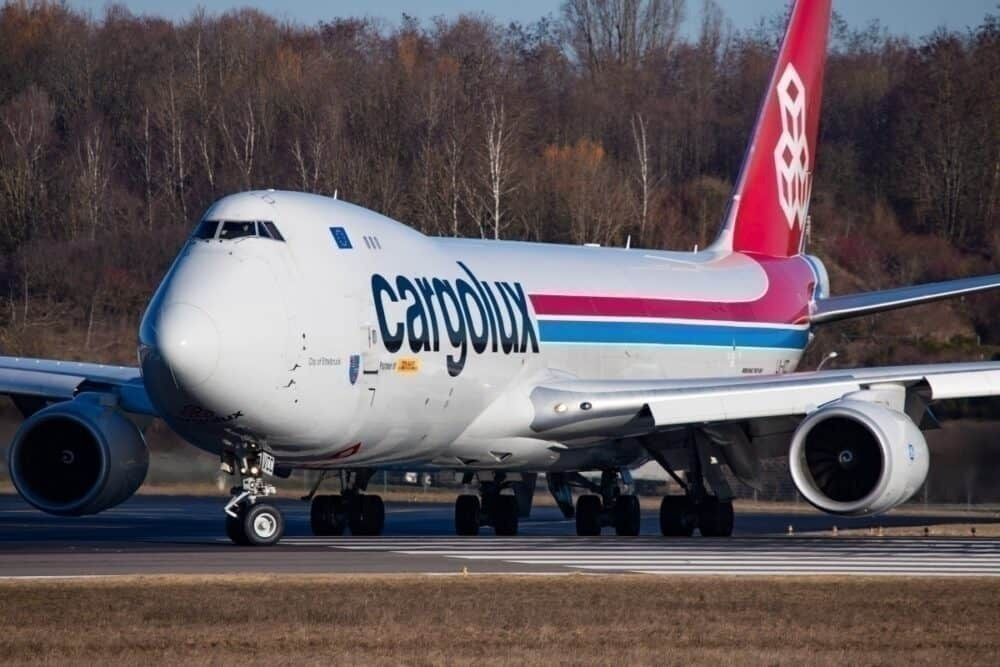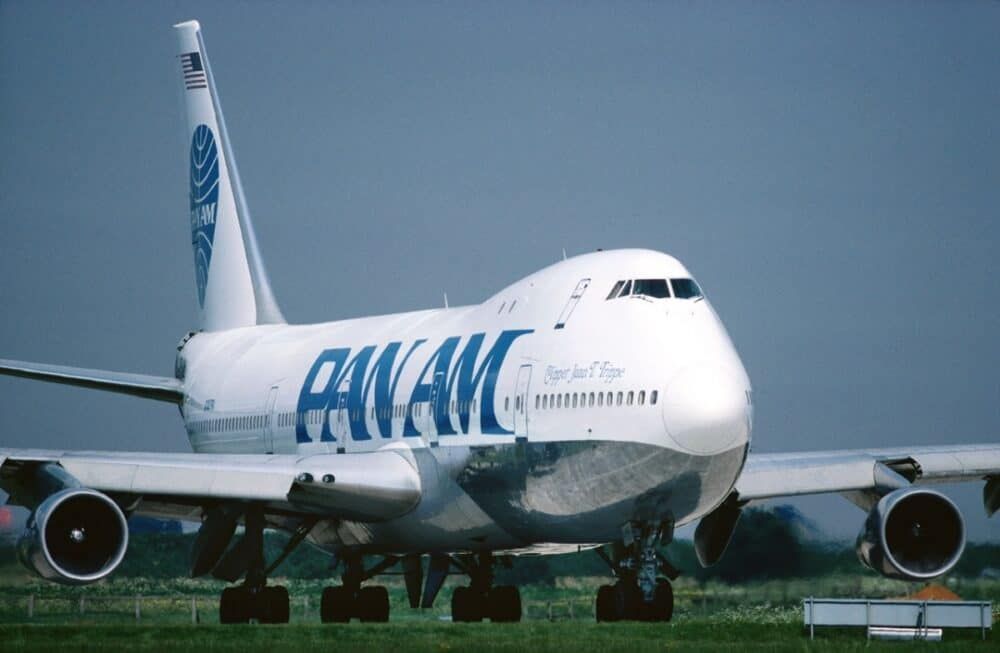The Boeing 747 shape is so iconic that many have forgotten the origin of how it got its hump. Why does the 747 have a large hump at the front, and how does this affect the aircraft in flight?
Humble beginnings of the design
The Boeing 747 was first designed back in the 1960s as a larger successor to the Boeing 707. Air traffic was picking up, and airports were getting busy, putting pressure on operators. Airlines were starting to nudge airframe builders for bigger aircraft that could fly further and relieve congestion at busy airports.
Boeing was already designing the new smaller 707 concept (dubbed the Boeing 737) and shifting some team members away to work on this new concept. Because of the bespoke nature of the idea, Boeing brought on future launch customer Pan Am to go over its requirements.
Why the Boeing 747 has a hump
Alas, at the same time that the Boeing 747 was on the drawing board, engineers at Boeing were obsessed with the race to build the first American Concorde. They did not see the Boeing 747 as the future of passenger transport but rather as a cargo plane, with efforts focused on the supersonic Boeing 2707.
Sharing this sentiment was Pan Am CEO Juan Trippe in 1966. He wanted the option to turn the passenger Boeing 747 into a cargo plane if his risky order of 25 aircraft proved to be a step in the wrong direction. To futureproof the design and conversion into a cargo aircraft, it required the aircraft nose to lift.
If the 747 cockpit were in the nose like the 707 or 737, this would mean all the controls, electronics, and avionics would need to pass through the hinge point. The joint would be needlessly complicated and would skyrocket the price (and this is the same factor of why we only see folding wings on the Boeing 777X today).
Hence the engineers went for a second deck that housed the cockpit in the Boeing 747-100. Because of aerodynamics, the cockpit level had to rise and slope back down to the main fuselage, giving us the iconic hump.
Additionally, this design was leftover from an earlier proposal by Boeing for a military transport aircraft in 1963. The US Air Force required a four-engined super transport that had an opening nose to transport goods and invited Boeing and others to come up with ideas. Ultimately the military selected the Lockheed design, but instead of throwing away its hard work, Boeing filed its nose opening concept in a drawer and kept the idea in the back of its mind.
In future versions of the Boeing 747, the design of the upper deck would stretch to include first-class seats and onboard lounge. Future concepts might have included the hump to run the length of the aircraft (like the Airbus A380), but that's a tale for another article (which you can read here!)
What do you think of this? Have you ever been to the hump of a Boeing 747? Let us know your stories below.




